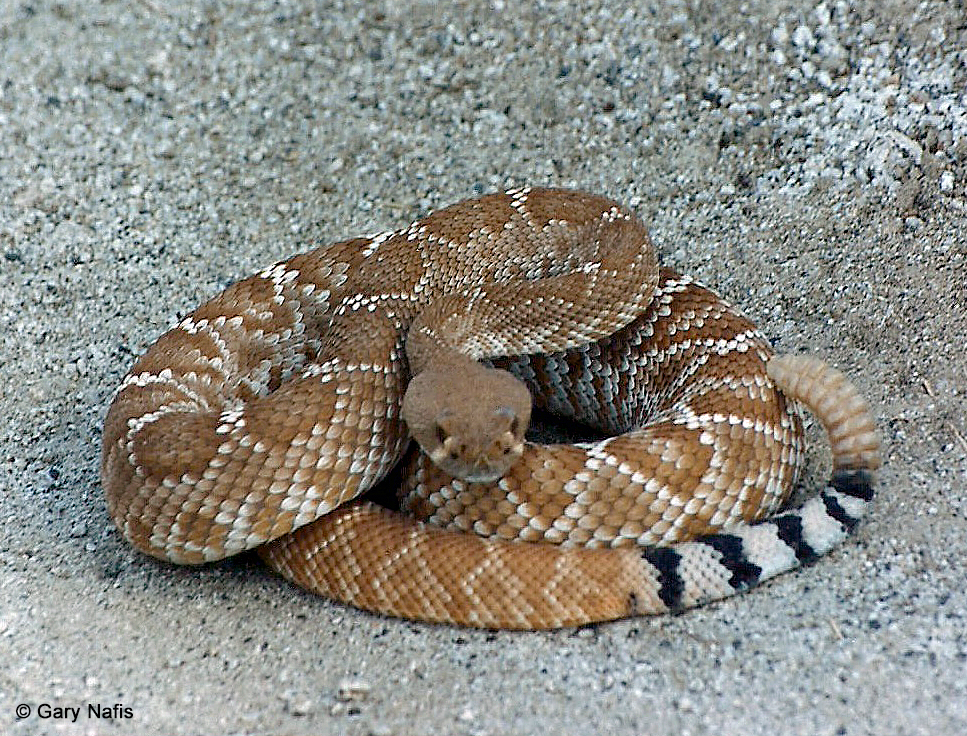Snakes, we all know about them. Snakes are limbless reptiles that slither to move.
When asked what he knew about snakes, teacher Carl Finer said, “I mean, I know people are afraid of snakes, but most of them are harmless. Sometimes I see them on my run.”
But what about venomous snakes?
You probably wouldn’t think that there’s too much of a difference between a regular snake and a venomous snake but there in fact is a difference. A major difference.
Of course, with venomous snakes there’s different types of venoms. According to Wildlife SOS, the three major categories of the venom these snakes can have consist of neurotoxins, hemotoxins and lastly cytotoxins. The deadliest of the three according to Wildlife SOS is neurotoxin, which takes effect on the brain and nervous system, harming them in the process. Most people don’t even realize they’ve been bitten before it’s too late.
Luckily on the average snake related death isn’t that much of an issue. According to the CDC (Centers for Disease Control and Prevention), every year “7,000-8,000 people are bitten by venomous snakes in the United States, and about 5 of those people die.” However the death rate for snakes would be much higher if they hadn’t sought medical care, which shows how deadly a snake bite, also known as an envenomation if bitten by a venomous snake, can be if left untreated. Envenomation, however, can and is most likely to leave lasting injuries, like potentially be the cause of losing a finger or two, than it is to cause death.
Being venomous isn’t the only difference venomous snakes have between a regular snake. Venomous snakes also have physical traits that help set them apart from regular snakes. Compared to regular, nonvenomous, snakes, venomous snakes have a more shaped head than a nonvenomous snake, as stated by Terminix. Venomous snakes are also known to have more cat-like pupils, while generally nonvenomous snakes have more rounded pupils in addition to this. According to the College of Veterinary Medicine, Wildlife Medical Clinic another difference would be that venomous snakes have heat-sensing pits while on nonvenomous snakes you wouldn’t see these pits.
It’s important to know these differences but of course if you’ve been bitten by a snake, regardless if it is venomous or not, you should always immediately seek medical help instead of taking the risk. You never know when it’s too late.



















Ayline • Jan 9, 2024 at 12:37 pm
Something I learned is that poisonous snake bites can be fatal without treatment.
Hector • Jan 9, 2024 at 12:34 pm
This is so cool
Jossy • Jan 8, 2024 at 12:51 pm
This is helpful to make sure i know to be careful around snakes